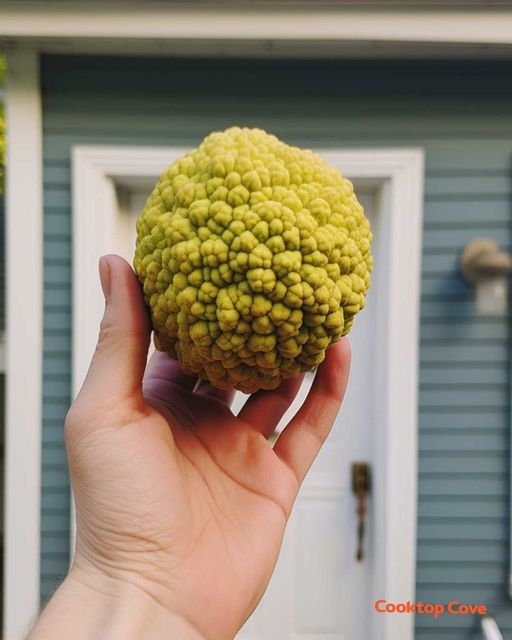Uncover the Mysteries of Hedge Apples: Are They More Useful Than You Think?
Discover the unique characteristics and surprising uses of hedge apples, also known as Osage oranges. Learn how these unusual fruits can be both decorative and practical in your home.
What’s This Strange Fruit Found in the Yard? Discover the Surprising Uses of Hedge Apples!
Have you ever stumbled upon a peculiar, bumpy green fruit in your yard and wondered what it is? You might have discovered a hedge apple, also known as an Osage orange. These intriguing fruits are native to North America and have a variety of unexpected uses and benefits.
What Are Hedge Apples?
Hedge apples come from the Maclura pomifera tree, native to the central United States. These fruits are easily recognizable due to their bright green color and bumpy texture, resembling a small, rough basketball. Despite their interesting appearance, they are not typically eaten by humans due to their bitter taste and tough, fibrous texture.
Where Can You Find Them?
Primarily found in states like Oklahoma, Texas, Kansas, Missouri, Arkansas, Louisiana, Nebraska, Iowa, and Illinois, hedge apples thrive in woodlands, prairies, and along riverbanks. They’ve also been planted in other regions for landscaping and as windbreaks, making them a relatively common sight across various parts of the country.
The Many Uses of Hedge Apples
Though hedge apples are not for snacking, they have several practical applications that might surprise you:
1. Natural Pest Repellent
Many people believe hedge apples can repel insects such as spiders and ants. Placing these fruits in basements, garages, or other areas prone to pests is a traditional method to keep bugs at bay. The compounds emitted by hedge apples, including 1,4-dichlorobenzene, are thought to deter insects. While scientific evidence on their effectiveness is limited, some homeowners swear by this natural pest control method.
2. Decorative Uses
Hedge apples are popular in fall decorations. Their unique look makes them perfect for adding a rustic touch to centerpieces, wreaths, and other seasonal decor. Crafters enjoy incorporating them into various DIY projects to bring a bit of nature indoors.
3. Folk Medicine
In some traditional practices, parts of the Maclura pomifera tree have been used for medicinal purposes. Leaves, bark, and roots were once used to treat ailments due to their purported anti-inflammatory and antiseptic properties. However, these uses are not scientifically proven and should be approached with caution.
4. Crafting and DIY Projects
Hedge apples are also utilized in various crafting projects. Their durability and interesting texture make them suitable for creating unique art pieces, adding an unusual element to handmade items.
5. Wildlife Attraction
Wildlife enthusiasts might be interested to know that hedge apples can attract certain animals. Squirrels and deer are known to eat these fruits, especially when other food sources are scarce. Placing hedge apples in your yard can create opportunities for wildlife observation.
Conclusion
Hedge apples might seem like an oddity at first glance, but they are far from useless. Whether you’re looking for a natural pest repellent, unique decorative items, or simply a way to attract wildlife to your yard, these fruits have a variety of applications. So next time you find one in your yard, think twice before discarding it—you might find a surprising new use for this fascinating fruit.
Explore more about the intriguing hedge apple and how you can incorporate it into your home and garden. Who knew such an unusual fruit could offer so much?

